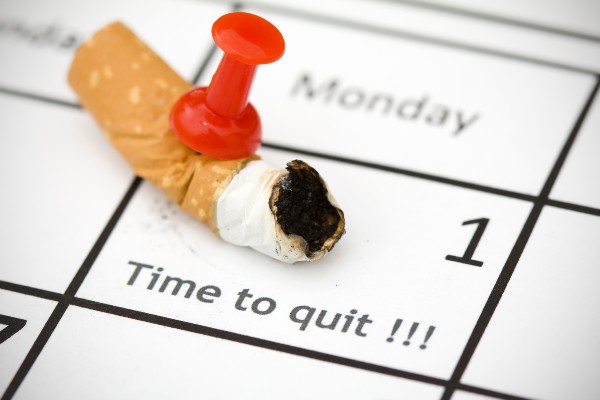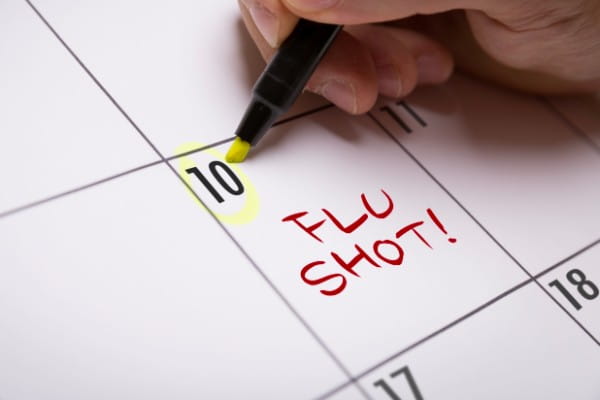Preparing for the Procedure
Your healthcare provider will instruct you to fast (not eat or drink), typically from the night before the procedure. They will also ask you to stop certain medications, such as blood thinners, certain diabetic medications and certain blood pressure medications. Your physician will determine the length of time you will need to be off of these medications based upon the exact medications and your other health conditions.
During the Procedure
After you check in, the nursing staff will place an IV for access in your arm so that medications can be administered.
Bronchoscopy is usually performed in a bronchoscopy suite in the hospital. You’ll be given a sedative (anesthesia) to help you relax or sleep during the procedure. Once sedated, the doctor inserts the bronchoscope through your mouth or nose and gently advances it into your lungs. The camera sends live images to a monitor so the care team can examine your airways in detail.
If necessary, small tools can be passed through the scope to collect samples or perform treatments.
The entire procedure typically takes 30 to 90 minutes, depending on why the procedure is being performed. You won’t feel pain, but you may have a mild sore throat afterward.
After the Procedure
After bronchoscopy, you’ll be monitored in a recovery area until the sedation wears off. It’s normal to feel groggy and have a slight sore throat, hoarseness, or cough for a day or two.
Most people can go home the same day, but you’ll need someone to drive you.
If a biopsy was taken, your doctor will explain the next steps once results are available—usually within a few days.




